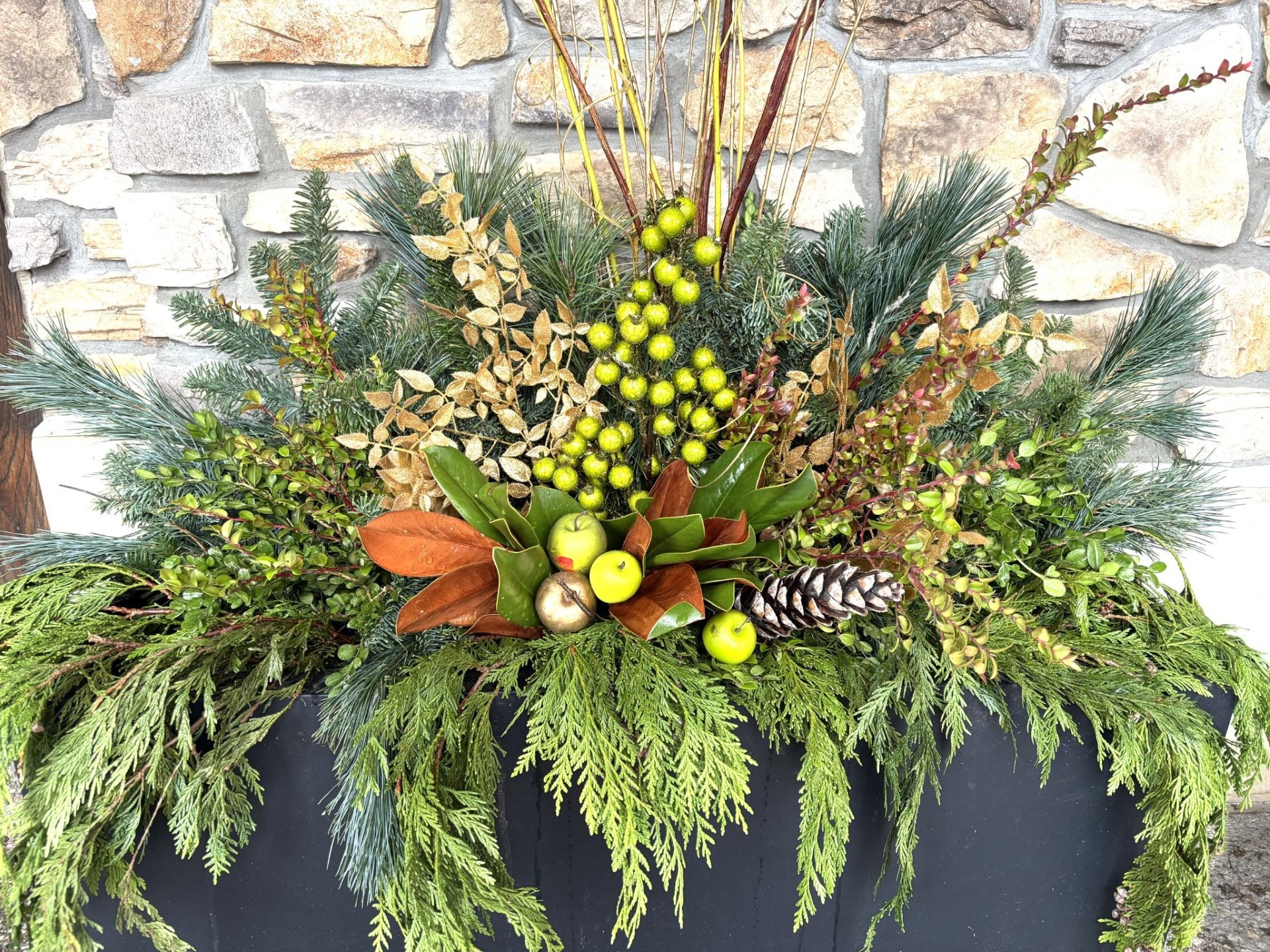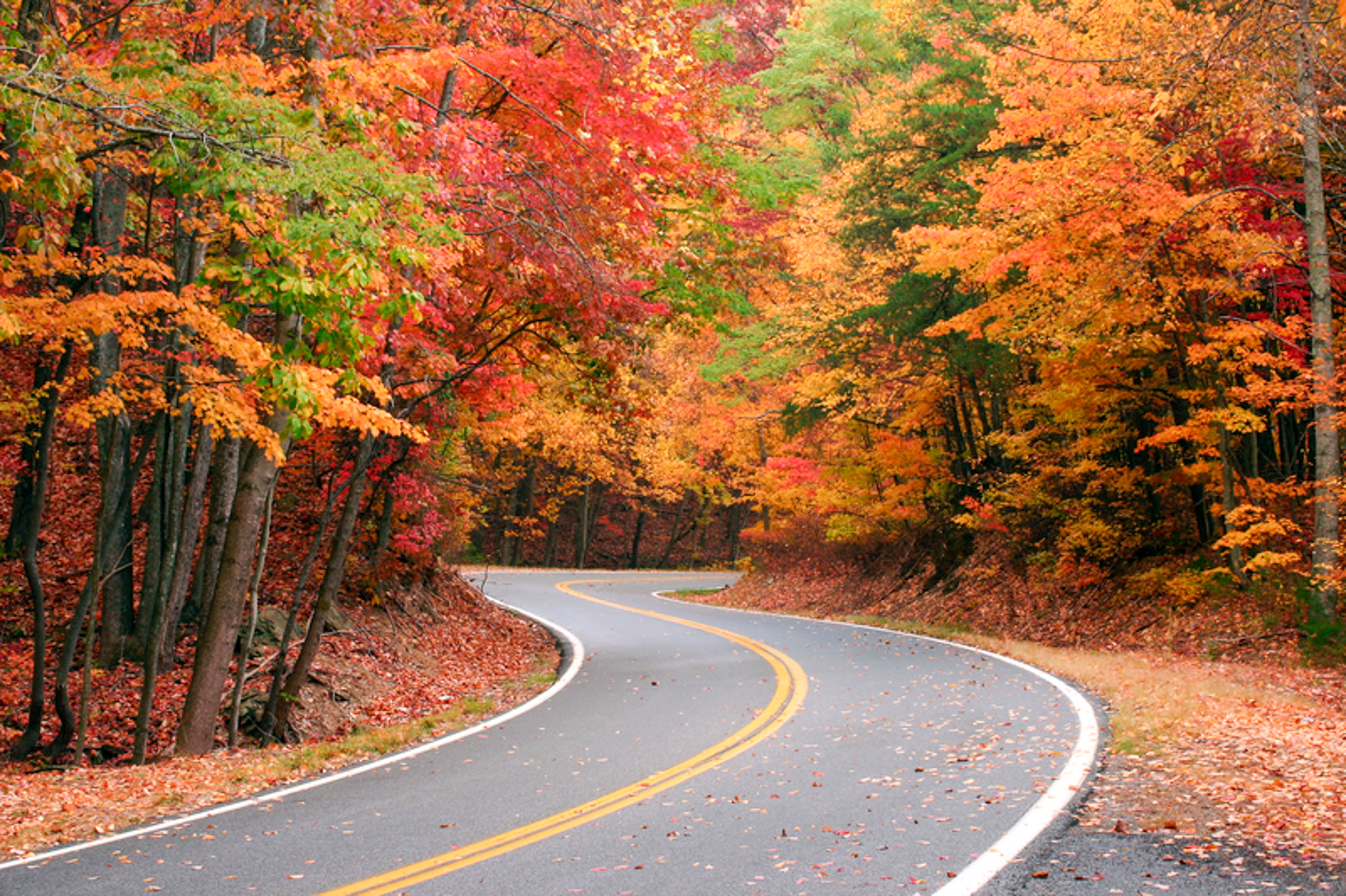Now Browsing:
Flowering & Foliage Plants

Creating winter planters can seem like a daunting task to those of us who are not design gifted by nature. Luckily, there are some basic principles that can help the most non-creative of us put together a spectacular outdoor display that ushers in the holidays and with just a few minor adjustments now and then […]
read the post

We have new neighbors across the street. The house they bought was previously owned by an older gentleman who had spent years nurturing some of the most beautiful plant specimens I have ever seen. The hedges running alongside his property lines were especially delightful. Just before the frigid temperatures set in, I stood at my […]
read the post

After what seemed like an endless summer, I think that fall has finally arrived. The temperatures are dropping, the mornings and evenings have a chill and the trees are sporting the gorgeous reds, oranges and golds of autumn. And, at least in my neighborhood, the leaf blowers are out in full force. Soon, there will […]
read the post
©2006-2025 EMBASSY LANDSCAPE GROUP, INC.